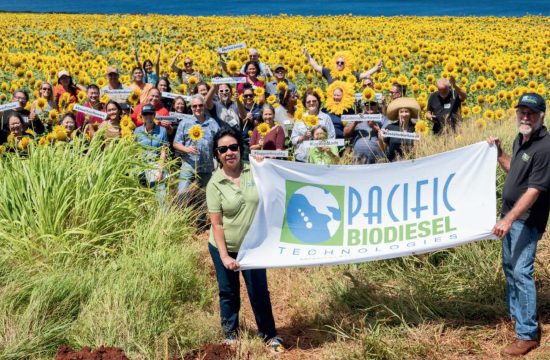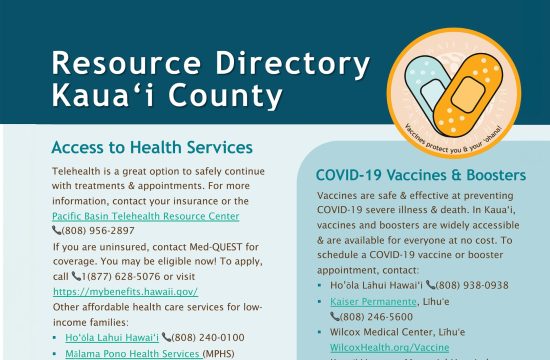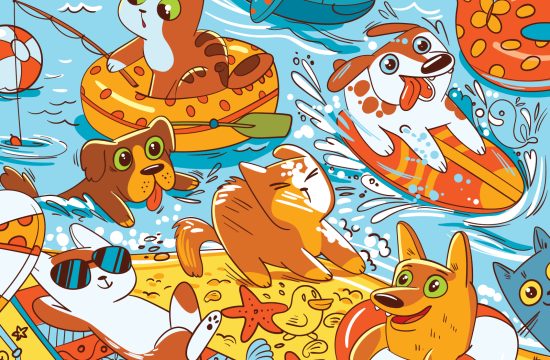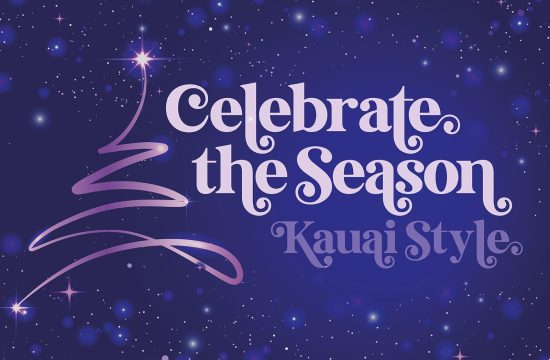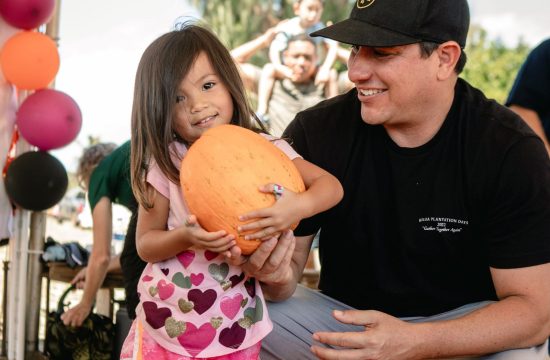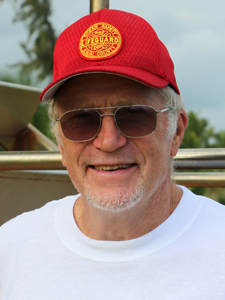
President
Kaua`i Lifeguard Association
Although this issue is considered the Spring issue, it will actually be coming out when winter surf conditions still prevail. Studies of ocean conditions show that winter swells from the North can be pretty much counted on to end on Memorial Day, May 31st, and resume on Labor Day in early September. Some rogue swells are possible during the summer months but they are rare. And during the long 9 month season, the Northern swells certainly won’t be pounding in every day, but that is the season for them.
I use the word “North” because “North” and “Winter” conditions go hand in hand when discussing swells that come to Hawaii. Many or most of these swells are spawned by storms way up in Alaska and the Aleutians, and therefore they bear down on us from the North and they tend to affect the North and West sides of our islands. It can be a gorgeous day here but, if there was a big storm up in Alaska 5 days ago, our north and west shores can get pounded.
Between Memorial Day and Labor Day (i.e. summer months) is when swells are more likely to hit Kauai from the South, from storms generated south of the equator.
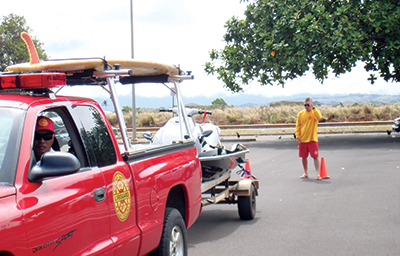
These are locally generated and have to do with the earth’s rotation and the winds that can be generated by this rotation in conjunction with atmospheric conditions. We have trade winds about 70% of the year, and these can prevail at any time of the year. Sometimes they’re what I call “honkin’”, that is 25 mph or greater. And sometimes they can be gentle, 10-15 mph. These gentle trades are what make Hawaii so outstanding, with breezes that are pleasant and cool as compared to some tropical islands where it’s stifling hot.
Trade winds tend to impact the Eastern shores, although they can come in from different angles which can cause warp-around chop conditions on Northern and Southern beaches as well. The honkin’ winds can stir up very rough beach conditions, and even the gentle ones can create 3-5 foot waves that (a) are fun for boogie boarding and body surfing and (b) can set up subtle rip currents that can cause trouble to unsuspecting oceangoers.
The other 30% (or so) of the time we have what are called variable winds or southerly winds. These also can be honkin’ or can be gentle, and they tend to affect our south and western shorelines, and our north and east beaches can be very calm during these conditions.
I wrote all this in order to set up the real topic of this article, namely our newly-operational roving patrol units. We always have our 10 stationary Lifeguard towers, and now we have three roving units, one for the Southwest District, one for the East District, and one for the North District. The Lifeguards manning these units are sometimes in their truck towing a jetski, and sometimes they are on a Jetski, patrolling — as an example — the Poipu areas between shipwrecks and the harbor area.
Although the roving concept has been in existence since the early 1990’s, when our Lifeguards first began using Jetskis to rescue people at remote beaches, the formal introduction of roving units only started in the last 18 months.
Although the roving concept has been in existence since the early 1990’s, when our Lifeguards first began using Jetskis to rescue people at remote beaches, the formal introduction of roving units only started in the last 18 months. I would say that there are still wrinkles to be ironed out. It’s not always clear, for example, as to whether to be driving in the truck or patrolling on the ski. But…This program has proved to be a Lifesaver! There have already been any number of times when the roving unit was perfectly positioned to make a fast and critical response to an incident at a remote beach. The minutes that were saved resulted in lives that were saved, plain and simple.
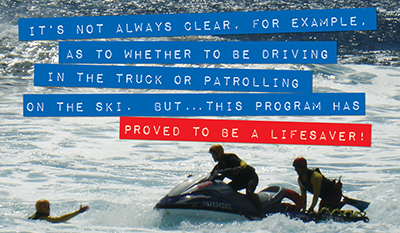
How about that! There are many other facets to our ocean safety efforts, both professional and lay. This article is to celebrate our professional roving patrol units and our men and women who supervise them and who staff them. Mahalo.



